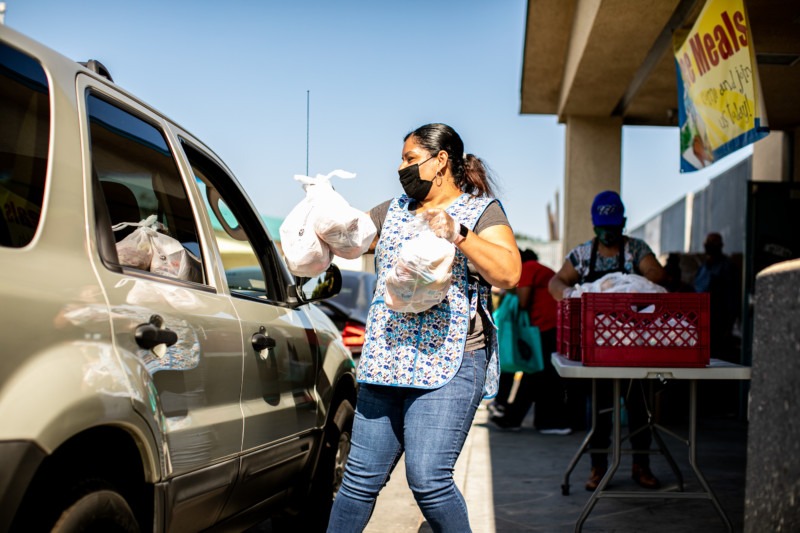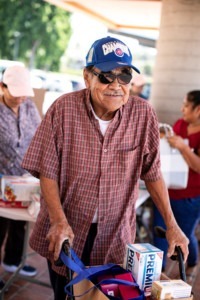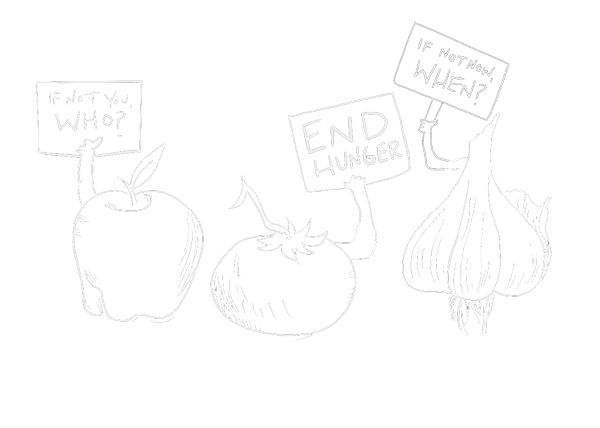Why It Matters
Hunger can be hard to recognize, but it is all around us. Hundreds of thousands of people in San Diego County face food insecurity. According to Feeding America’s Map the Meal Gap 2025 research, nearly 400,000 people living in San Diego County are food insecure. Essentially, someone who is food insecure does not consistently have enough food to lead a healthy life. The effects of food insecurity ripple throughout people’s lives, causing high levels of stress and chronic health issues.
By breaking the cycle of food insecurity, we can help our community thrive.
Our mission at Feeding San Diego is to connect every individual facing hunger with healthy, nutritious food.
We invite you to learn more about the impacts of hunger and why ending hunger in San Diego matters.

Impacts of Hunger
HUNGER IMPACTS
Academic
achievement
Students from food-insecure homes are more likely to repeat a grade than their food-secure peers.
Cognitive and physical development
Social and behavioral response
Children who are hungry are four times more likely to need mental health counseling.
Workforce
preparedness
Health and
well-being
More than half the households served by the Feeding America network have at least one member with high blood pressure and more than one-third have a member with diabetes.
Food Vs.
HousingTransportationMedicine
Food Vs.
HousingTransportationMedicine
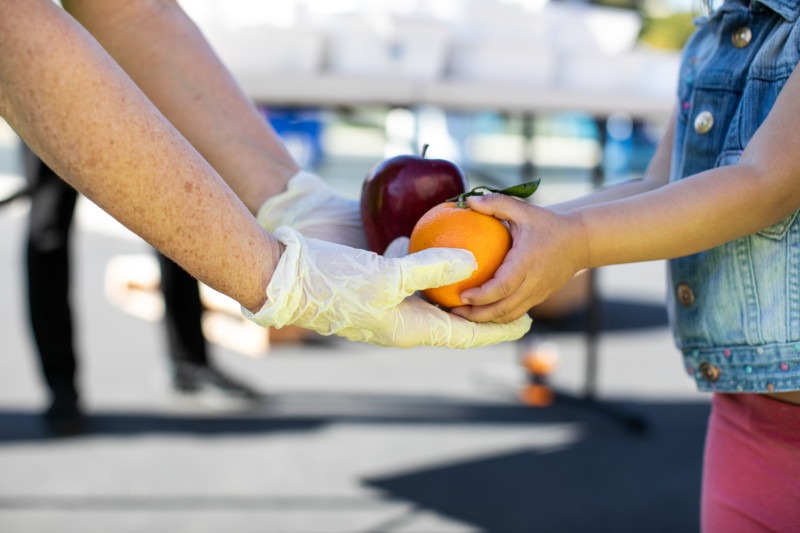
The consequences of hunger on individuals, families, and the community are devastating. According to Hunger in America 2014, many households who use charitable food programs must make difficult choices to meet their basic needs.
Specifically, households served by the Feeding America network reported choosing between:
- medical care and food (66%),
- utilities and food (69%),
- transportation and food (67%), or
- housing and food (57%).
The Cycle of Food Insecurity & Chronic Disease
When individuals cannot afford nutritious food, they can become trapped in a cycle of food insecurity. Lack of healthy food can lead to stress, poor nutrition, and eventually chronic health issues.
Once chronic conditions arise, the time and money needed to respond strains the budget further. With little money left over for food and medical care, the cycle continues. For many, this cycle can lead to more severe health concerns.
Families struggling with food insecurity often have several other risk factors, which makes maintaining good health extremely difficult.

Ending Hunger Through Food Rescue
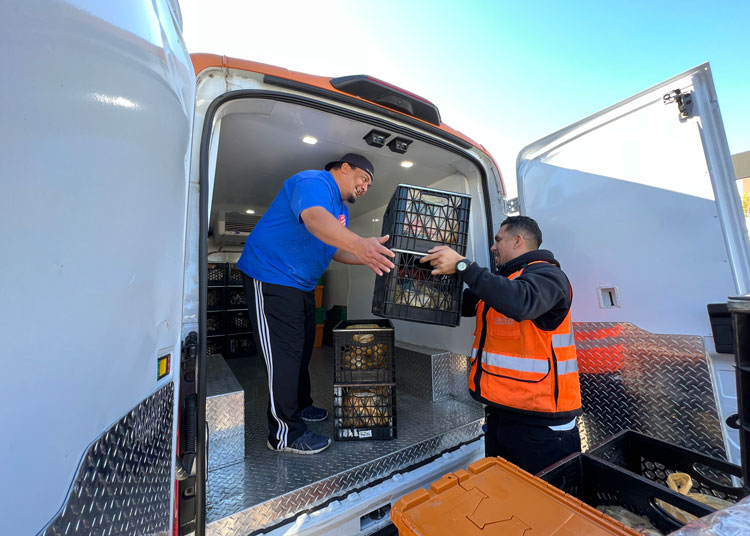
Our unique model at Feeding San Diego means we do more than just provide healthy food.
We also rescue edible, high-quality food that would otherwise go into a landfill. In addition, we partner with local organizations to keep fresh foods in the community and quickly redistribute them to those in need.
So, when you support Feeding San Diego, you are helping to protect people AND the planet.
Tackling Food Insecurity in San Diego County
Thanks to you, Feeding San Diego provides more than 29 million meals a year to people facing hunger and reduces the effects of food insecurity in our community.
Together we are helping:
- Kids succeed in school,
- Families stay in their homes,
- Seniors retire with dignity, and
- Heroes serve their country without worrying if their family has food on the table.
